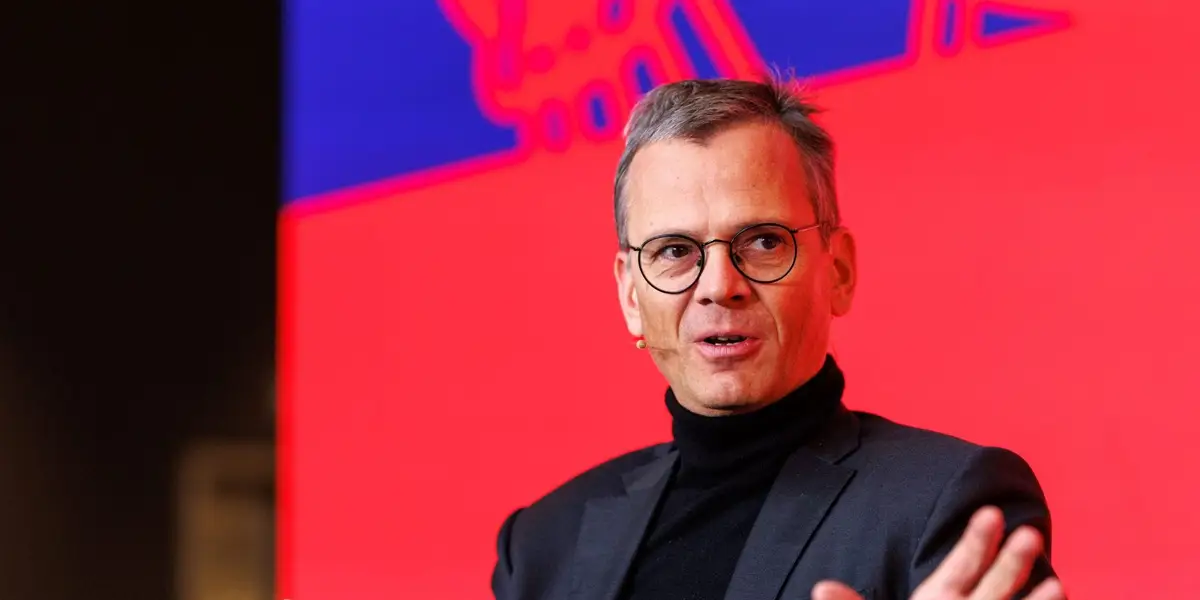
At a tech conference in San Francisco recently, I met Dominik Asam, CFO of SAP, Europe’s most valuable software company. I started by asking him what AI tools he uses, and the conversation evolved from there.
Asam said he’s a massive user. “For me personally, it is really more research — I’m preparing a presentation and I want to have some data and I just prompt the tool to say, give me that data,” he explained.
A common goal is to instill urgency among SAP customers that they shouldn’t sit around and wait for AI to disrupt them. Asam likes to quote the famous phrase that “software is eating the world,” and he sometimes asks the AI chatbot service Perplexity to support this point with data.
One recent prompting session yielded this: As much as 28% of the benchmark MSCI World Index is now IT companies. “That’s huge. Number two is banking and financial services, 10 percentage points lower,” the CFO said.
He also likes to ask Perplexity which companies have the largest 10 market caps in the world. “Nine of them are tech companies and Broadcom recently threw out Berkshire Hathaway,” Asam said. “In 1980, it was just IBM. So software does eat the world.”
Inside SAP
Inside SAP, the company is using AI to streamline many operations, including higher-end technical work.
“In our big back office operations, we have literally thousands of people. And there, it’s about really making them more productive by automating their tasks,” he told me.
SAP’s army of in-house software engineers is also embracing AI coding tools, which could help the company counter concerns that AI will disrupt the software sector.
“I am sometimes baffled when I hear from some investors that all customers will write their own software themselves,” Asam said. “We’re doing the same. So now the question is, who has the bigger relative advantage?”
“Will it be a not-so-proficient software department of an industrial conglomerate leveraging AI tools? Or will it be SAP doing a super systematic transformation program and bringing 30,000 plus developers onto these new AI coding tools?” the CFO added.
Related stories
Business Insider tells the innovative stories you want to know
Business Insider tells the innovative stories you want to know
In the end, Asam sees benefits all around. “Both us and our customers will be better,” he said. ” And we would only fall behind if that gradient of innovation would be slower in our company, but why should it be slower at SAP?”
“I will be brutal”
I asked the CFO if the goal was to produce more and better code with the same number of software engineers. He had a frank answer.
“There’s more automation, simply,” he said. “There are certain tasks which are automated and for the same volume of output we can afford to have less people.”
This is already part of SAP’s latest five-year plan, and it’s one of the ways the company hopes to increase productivity and lift its profit margins.
“I will be brutal. And I also say this internally. For SAP and any other software company, AI is a great catalyst. It can be either great or catastrophe,” Asam warned. “It will be great if you do it well, if you are able to implement it and do it faster than others. If you are left behind, you will have a problem for sure. We work day and night to not fall behind.”



